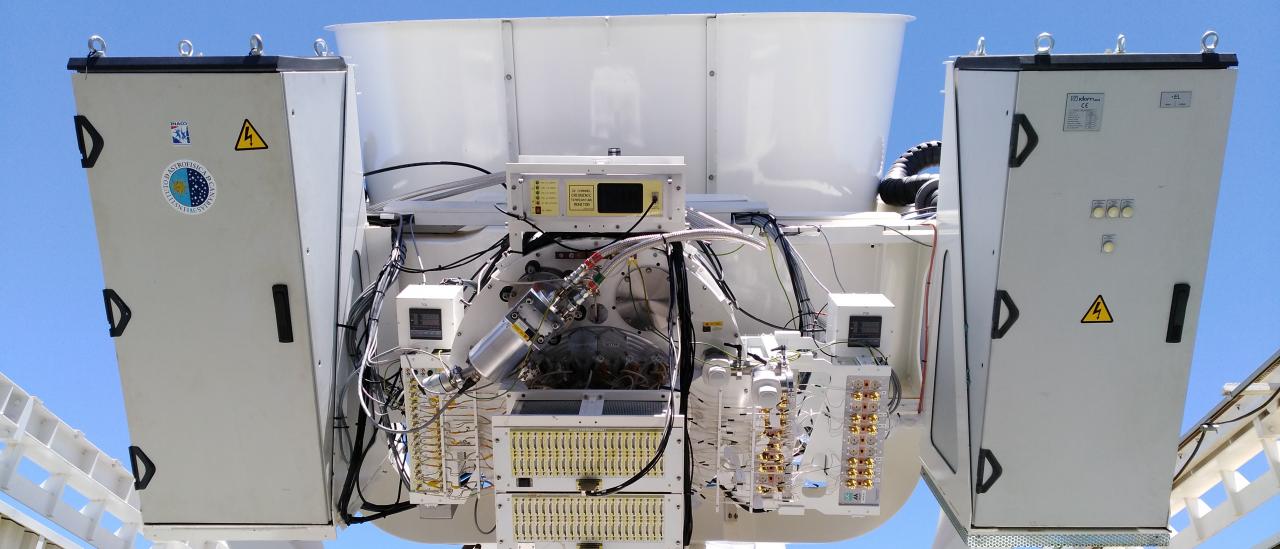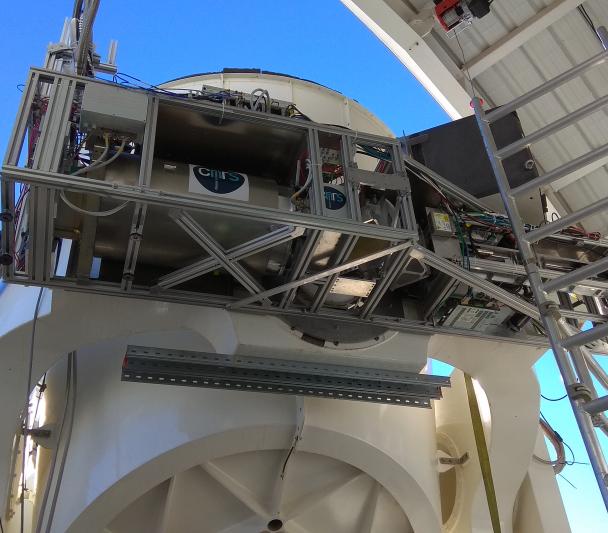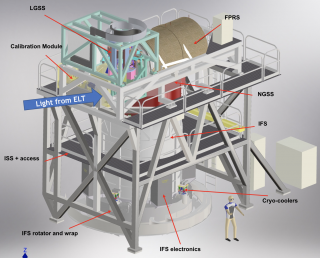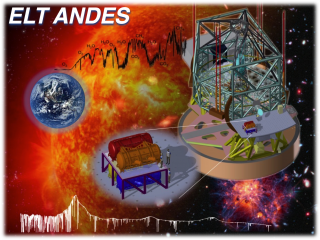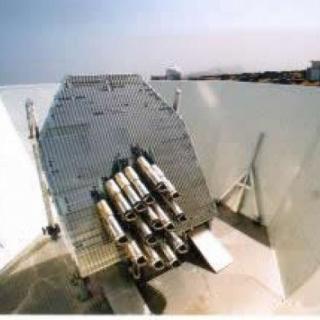General
The experiment called QUIJOTE-CMB (Q-U-I JOint TEnerife CMB), has the aim of characterizing the polarization of the Cosmic Microwave Background, and other galactic or extragalactic physical processes that emit in microwaves in the frequency range 10-42GHz, and at large angular scales (1 degree resolution). The QUIJOTE measurements will complement at low frequency those obtained by Planck satellite, and will be used to correct for the galactic contamination in polarization. QUIJOTE will provide the most sensitive measurements of the polarization of the synchrotron and anomalous emission at these frequencies. The experiment is divided in two phases. The first phase scope is the installation of a first telescope and two instruments. The first one (MFI) is a multi-frequency instrument, with a total number of 8 channels in each one of the four frequencies 11, 13, 16 and 18 GHz. Actually the firs telescope and the first instrument are in scientific operation at the Teide Observatory (OT). The second instrument of QUIJOTE consist in 30 receivers at 30GHz. This instrument has been designed to reach the required sensitivity to detect a primordial gravitational wave component in the CMB, provided its tensor-to-scalar ratio is 0.1. Such component would leave its imprint on the polarization angular power spectrum of the CMB, producing the so-called "B-modes". The detection of primordial B-modes with that amplitude would open new paths into the physics of the epoch of inflation. This second instrument (TGI) is being tested at the Observatory. The second phase of QUIJOTE will consist in a second telescope (identical to the one built for phase one), plus a third instrument at 42 GHz, the Forty GHz Instrument or FGI. This second phase is totally funded by the Consolider 2010 project entitled "Exploring the Physics of Inflation (EPI)". The second telescope have been already installed at the OT and the FGI is currently under fabrication. In order to achieve these scientific objectives, the final maps of the experiment will cover a total sky area of 10,000 square degrees, and will reach a sensitivity of 3-4 µK per beam after one year of operation with the low frequencies (11-18GHz), about 1 µK per beam after two years of operation with the second instrument at 30 GHz, and also around 1 µK per beam after two years of operation with the third instrument at 42 GHz.
Members

